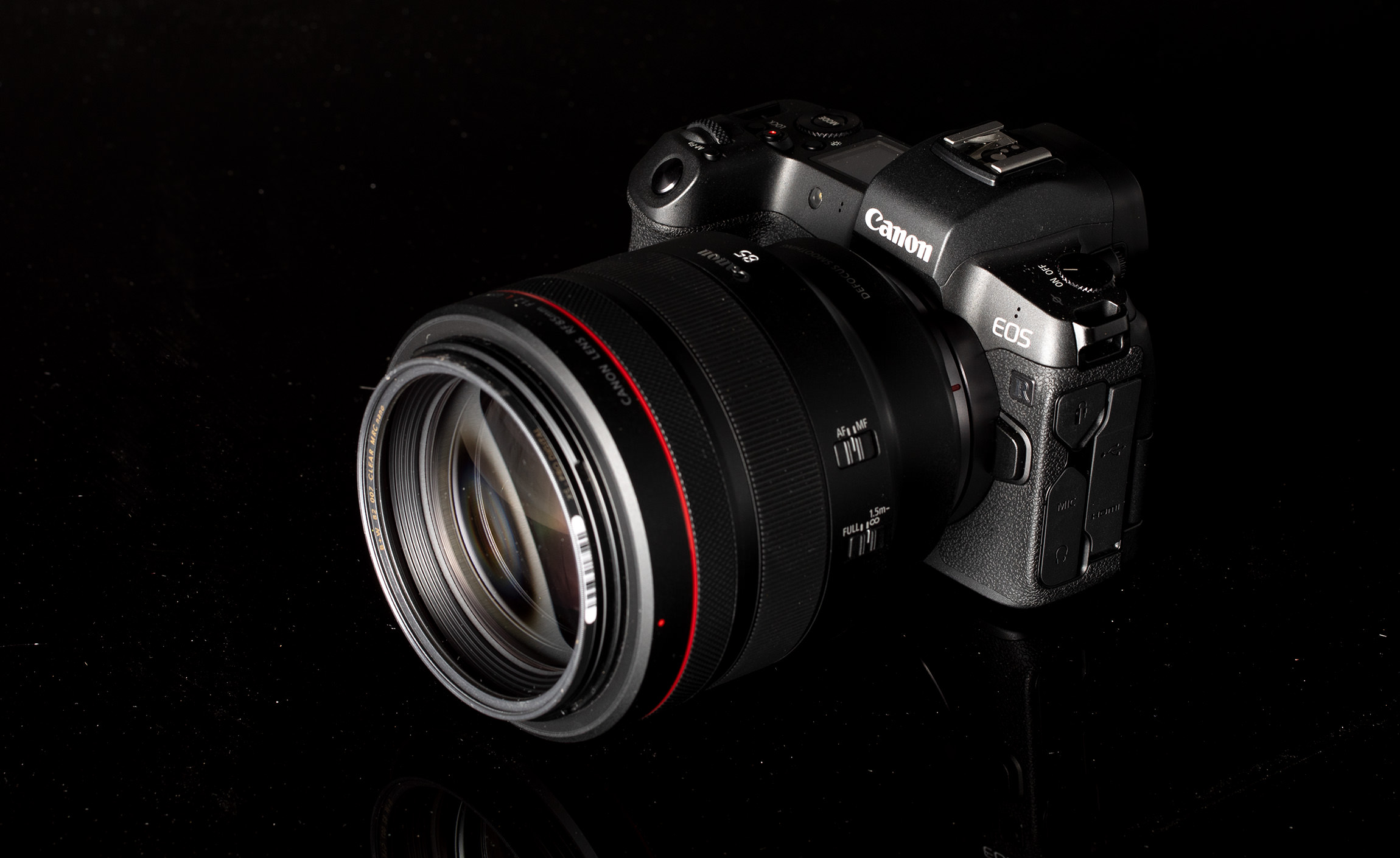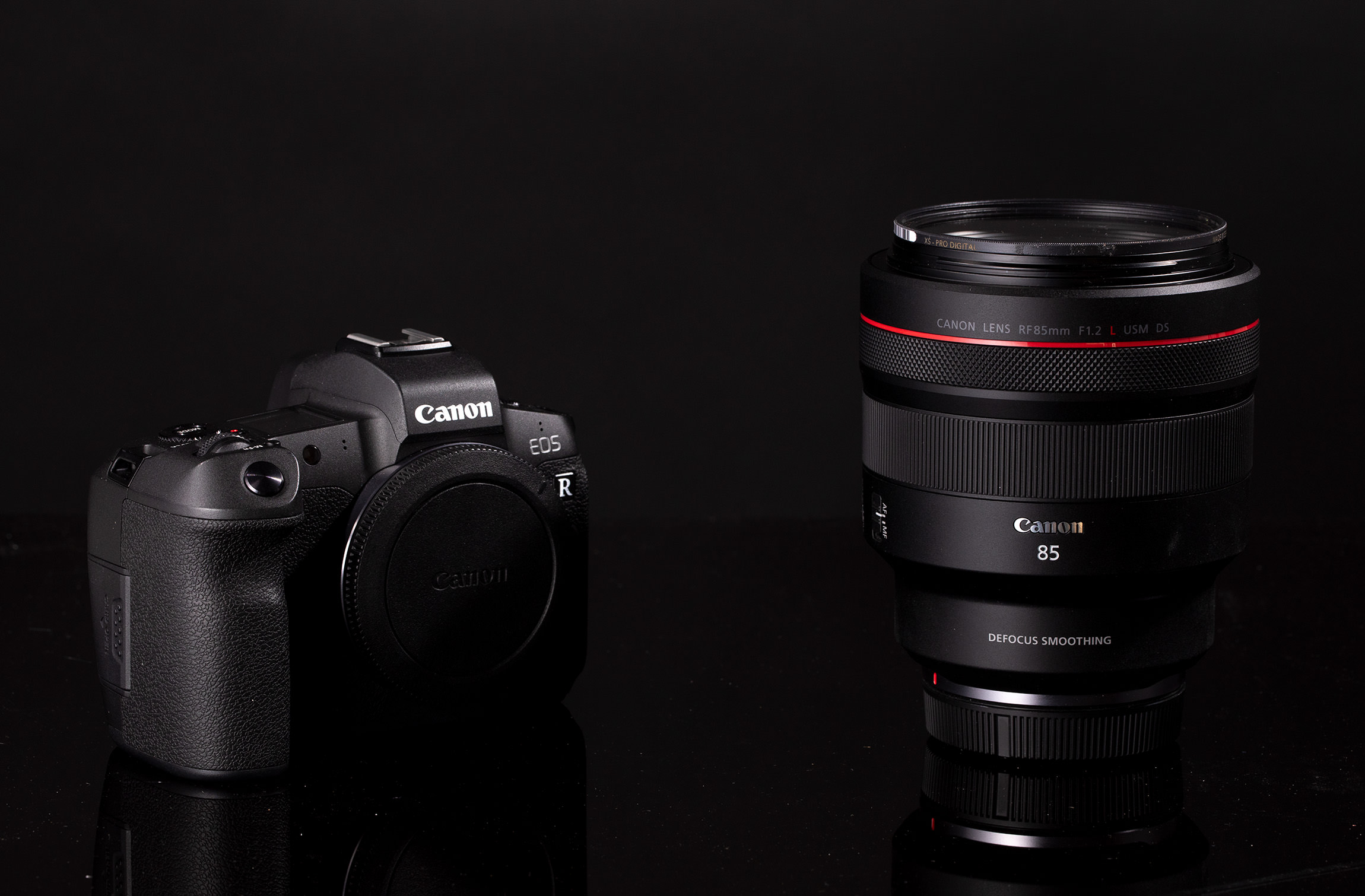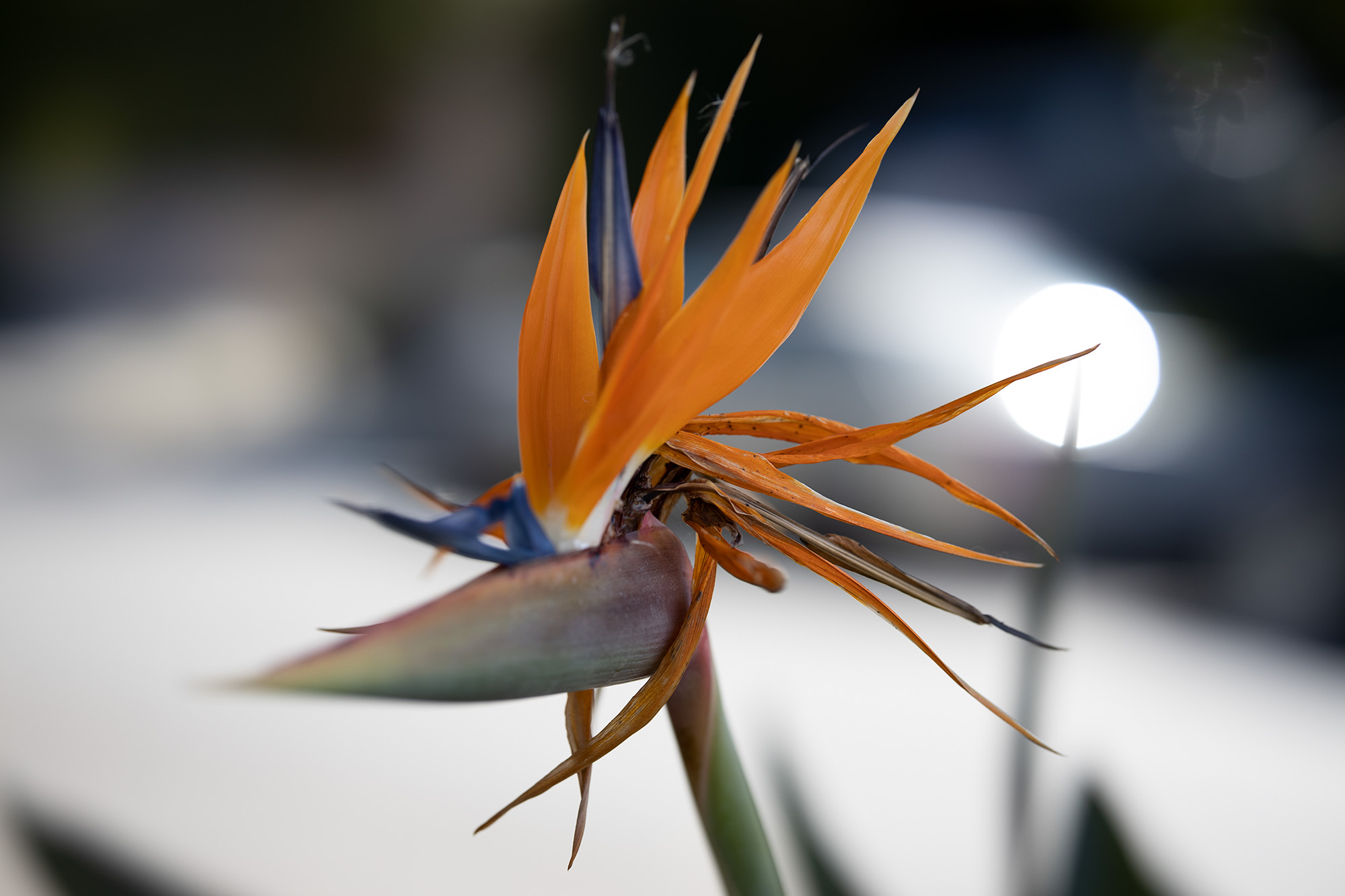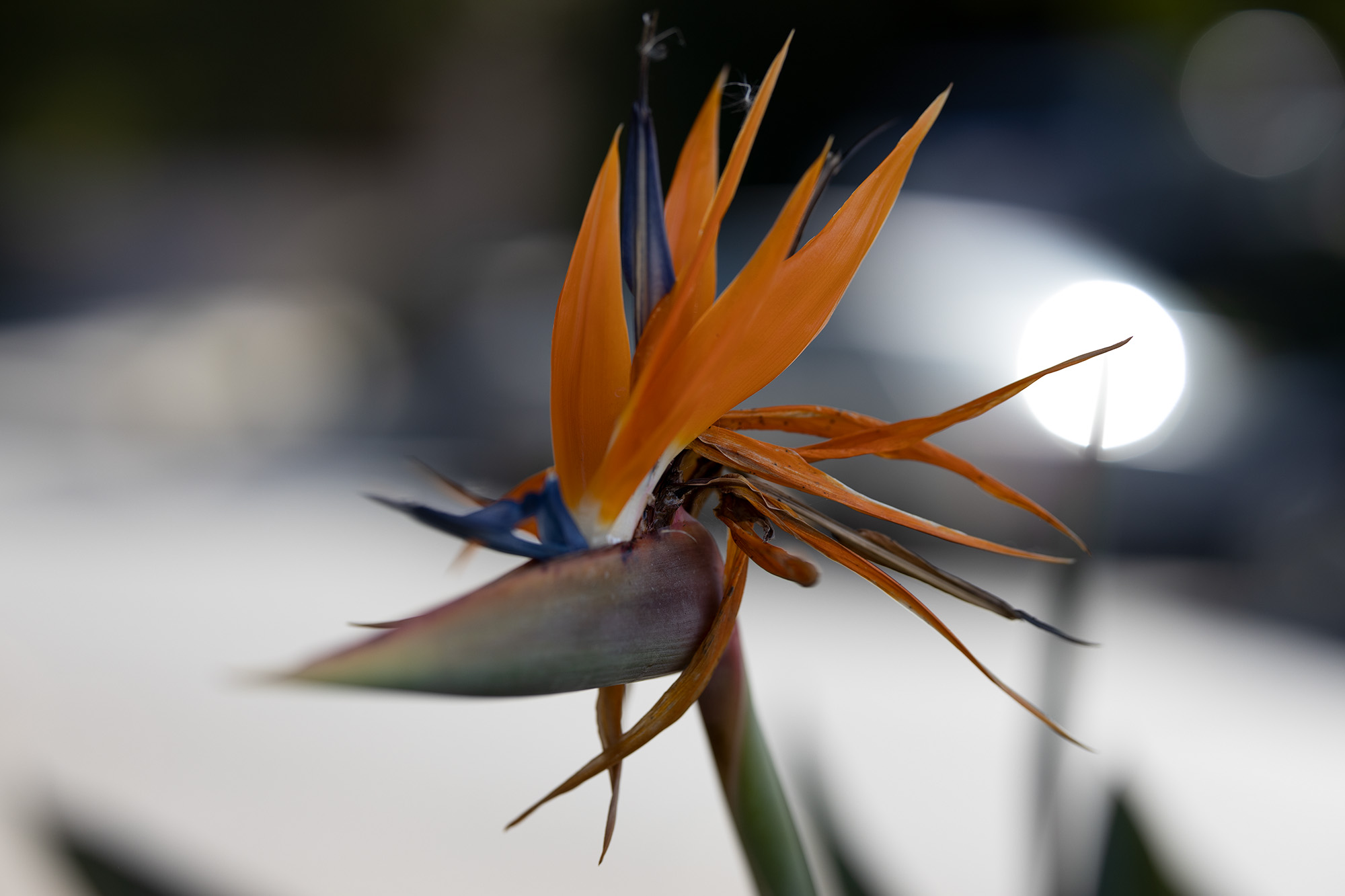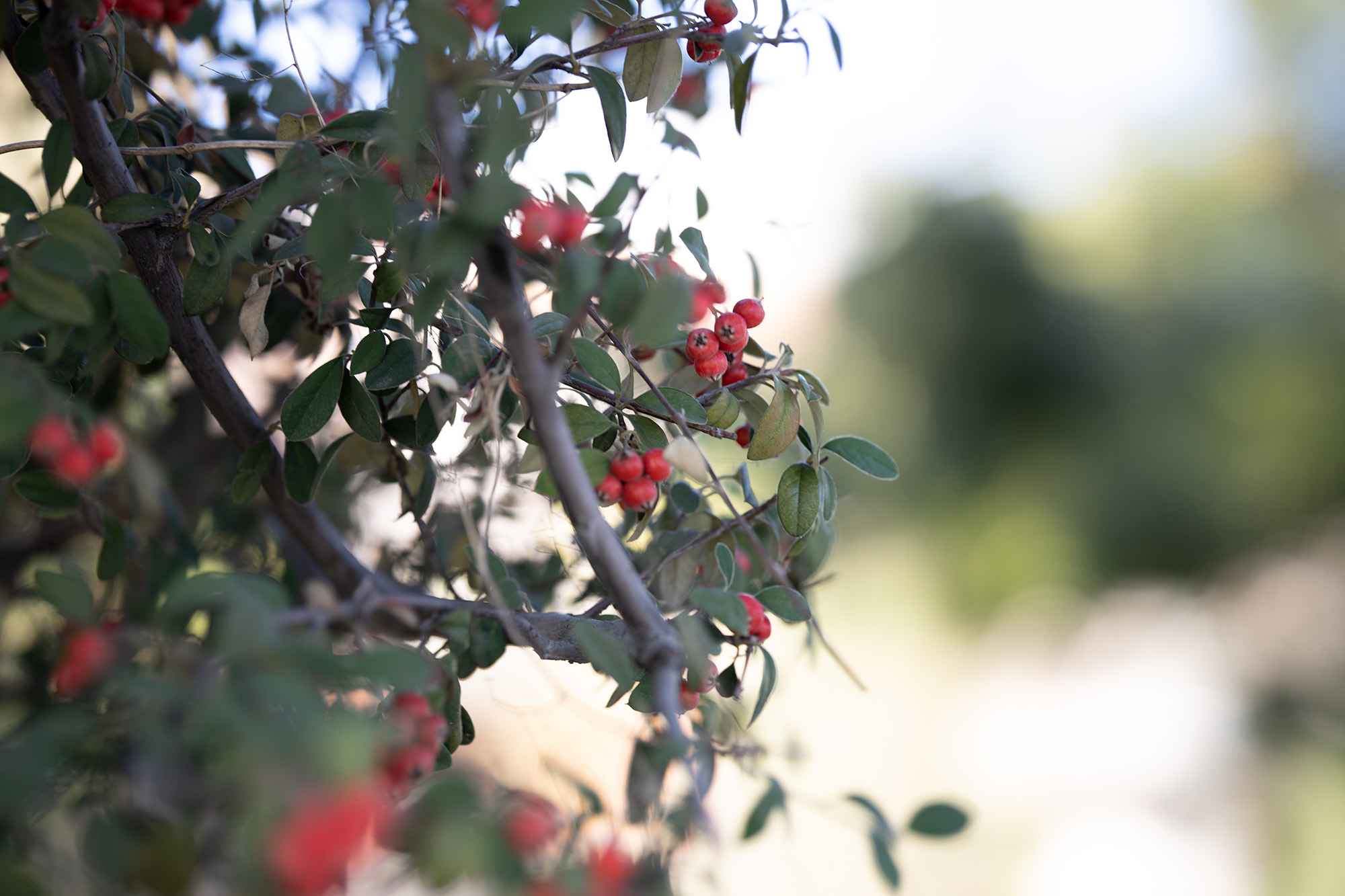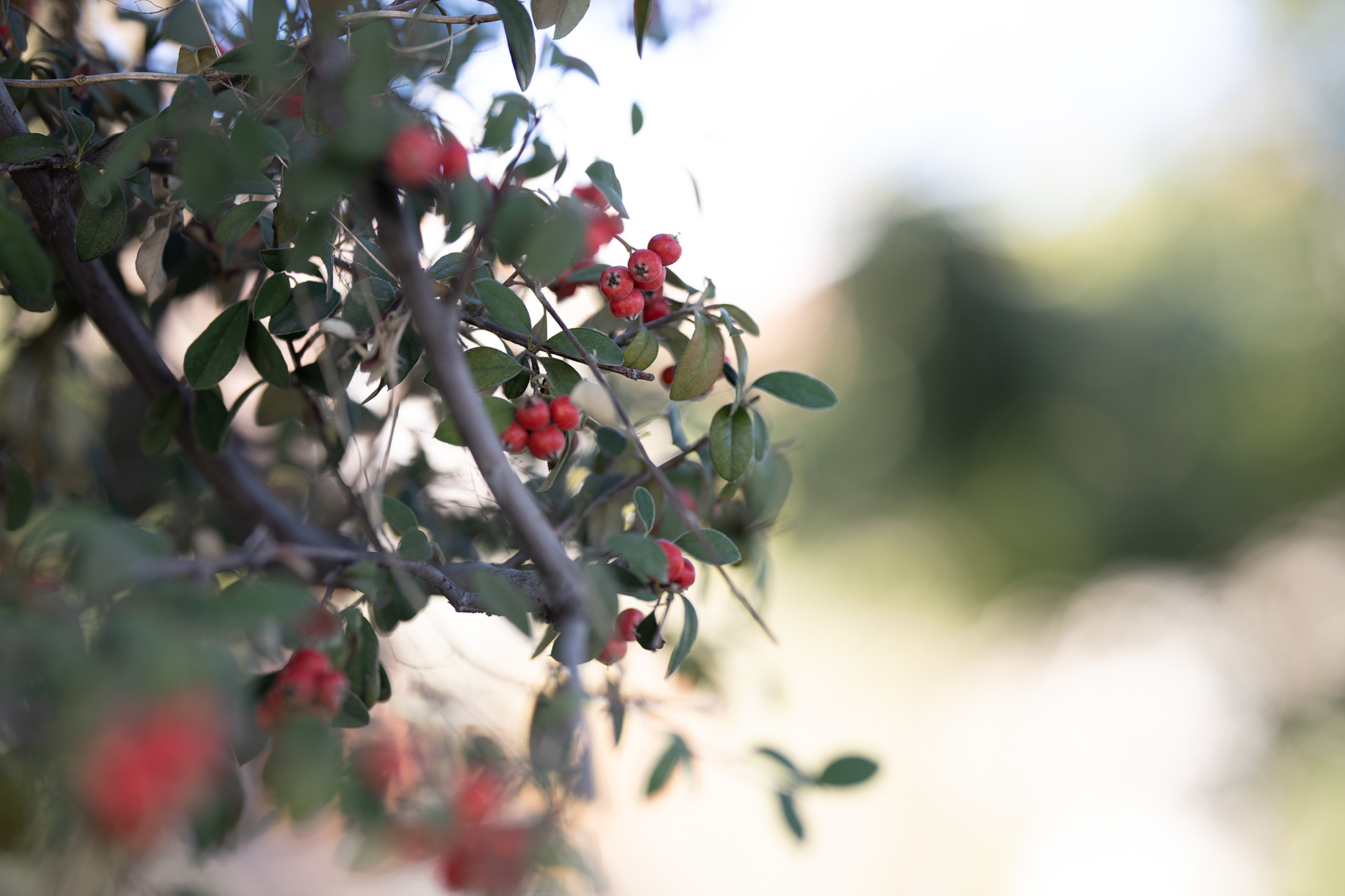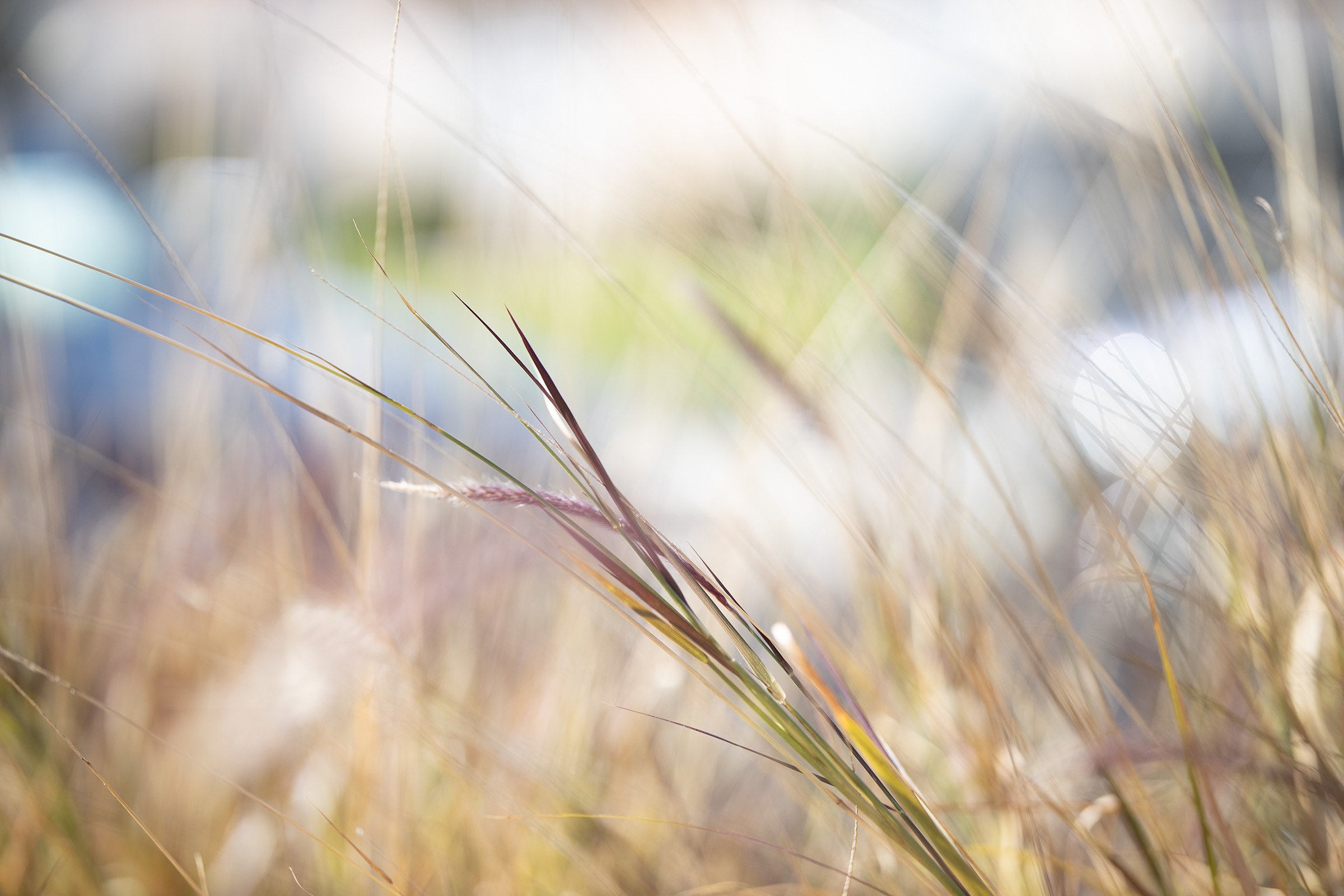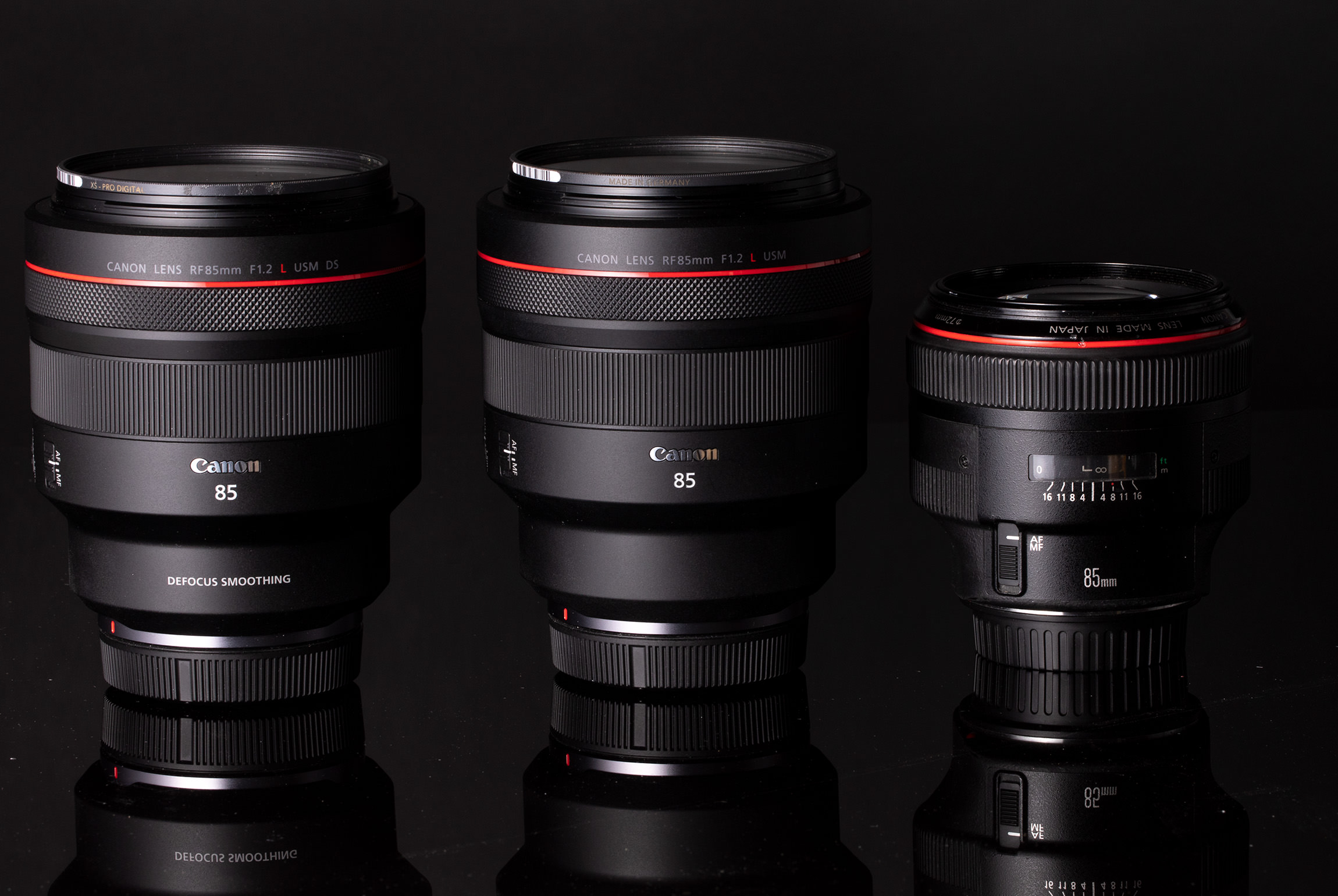Equipment
Review of the Canon RF 85mm f/1.2L DS with Defocus Smoothing
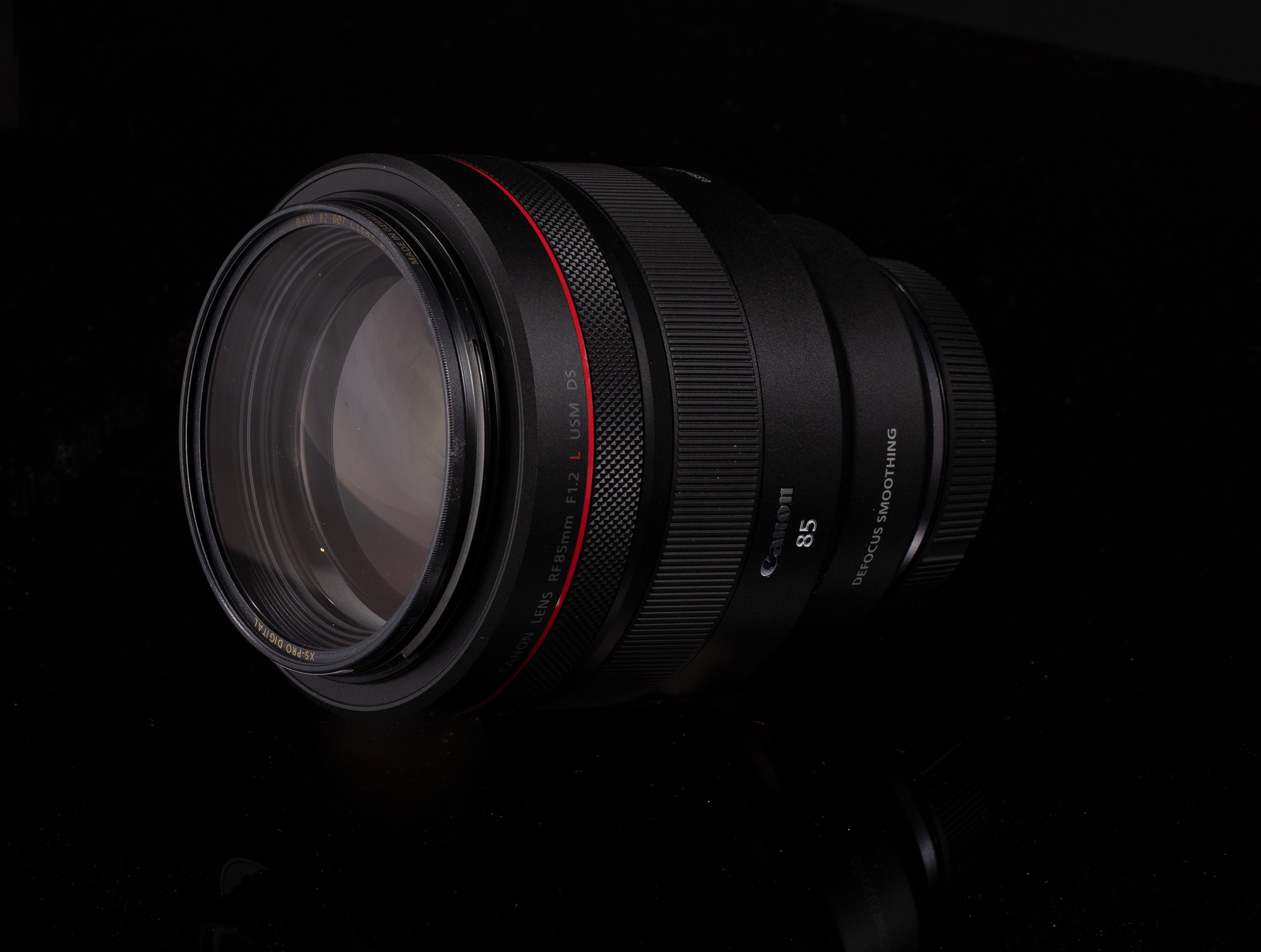
This past fall, we had listed our favorite gear for the year 2019, and I personally did something different. I listed the Canon RF 85mm f/1.2L DS and openly spoke about how I hadn’t even used it but was excited nonetheless of the new technology being put forth into the Canon RF series of lenses. Since writing my blind affection to the lens, I actually have had some experience with it, so does it still hold up to how I felt back in December? Well, let’s get into it.
The Canon RF 85mm f/1.2L DS is Canon’s creme de la creme of prime lenses, offering the iconic f/1.2 maximum aperture in an 85mm, which Canon has grown to be known for. But this isn’t the 1989 design from the original Canon EF 85mm f/1.2L, instead of using a modified design of the more recent Canon RF 85mm f/1.2L design from June 2019.
What is Defocus Smoothing?
So what is modified? Well, the main difference is the new technology within the lens called the Defocus Smoothing, or DS for short. Using vapor-deposited coating technology, Canon has been able to smooth out dramatic bokeh for their Defocus Smoothing. The coating allows off-axis flux to pass through the periphery of the lens that gradually decreases the transmittance of light, which results in images with beautifully blurred backgrounds.
But this exciting technology comes with a small couple of caveats. Perhaps the biggest one is the loss of light associated with the new coating – cutting back roughly 1.3 stops of light when active. This change of exposure seems to disappear as you stop down to f/3.2 and beyond. As Senior Technical Specialist at Canon Drew MacCallum explains to PetaPixel — “The f-stop is a physical measurement of the aperture. It’s not just a light transmittance measurement — that’s a T-stop. The transmission is one and a third stops darker than f/1.2, but that does change as you stop down the lens.”
The second caveat is in the price. The Canon RF 85mm f/1.2L comes in at a pretty hefty $2,699. If you want the version with the Defocus Smoothing, you’ll be looking at an additional $300. With all that technical talk in place, let’s take a look at some comparisons of the DS version of this lens with the Non-DS version.
Comparing the Canon RF 85mm f/1.2L DS with the Non-DS Version
Much of the information on the Defocus Smoothing coating has left me a little confused on how it works, so I figured it was easiest to just make a series of comparison photos. However, with the change in exposure (and a particularly windy day), it made it a bit more complicated than I expect it to be. However, here is a series of comparison shots between the Canon RF 85mm f/1.2L DS and the Canon RF 85mm f/1.2L –
Design & Build
Designwise, the Canon RF 85mm f/1.2L DS is identical in size and shape when compared to the Non-DS version – and it’s worth noting that size is significant. For reference, I’ve included my Canon EF 85mm f/1.2L II for size comparison below, which has always been known as a pretty large lens within the prime lens world. The RF versions of this lens completely oversize and overshadow the dated EF version of the lens – in size, weight, and even performance.
With its large size comes a pretty solid feeling build quality. The Canon RF 85mm f/1.2L DS has weather and dust resistance throughout, contains the control wheel built-in that has a sturdy and satisfying click. Overall, the design of the RF lenses has, at least in my opinion, a more industrial and rubberized design that I’ve come to appreciate.
Usability
When we move on to usability, the size and weight leave the Canon EOS R front heavy and slightly uncomfortable in the hands. At 2.63 lbs (1.64kg), the Canon RF 85mm f/1.2L DS nearly doubles the weight (and again, price) of the Canon EOS R, which makes you feel as if it were built for something bigger. Even still, I’ve never shied away from a heavy or large lens if it could be matched with its performance, and that is where the Canon 85mm f/1.2L DS shines, but not because of what some might suspect.
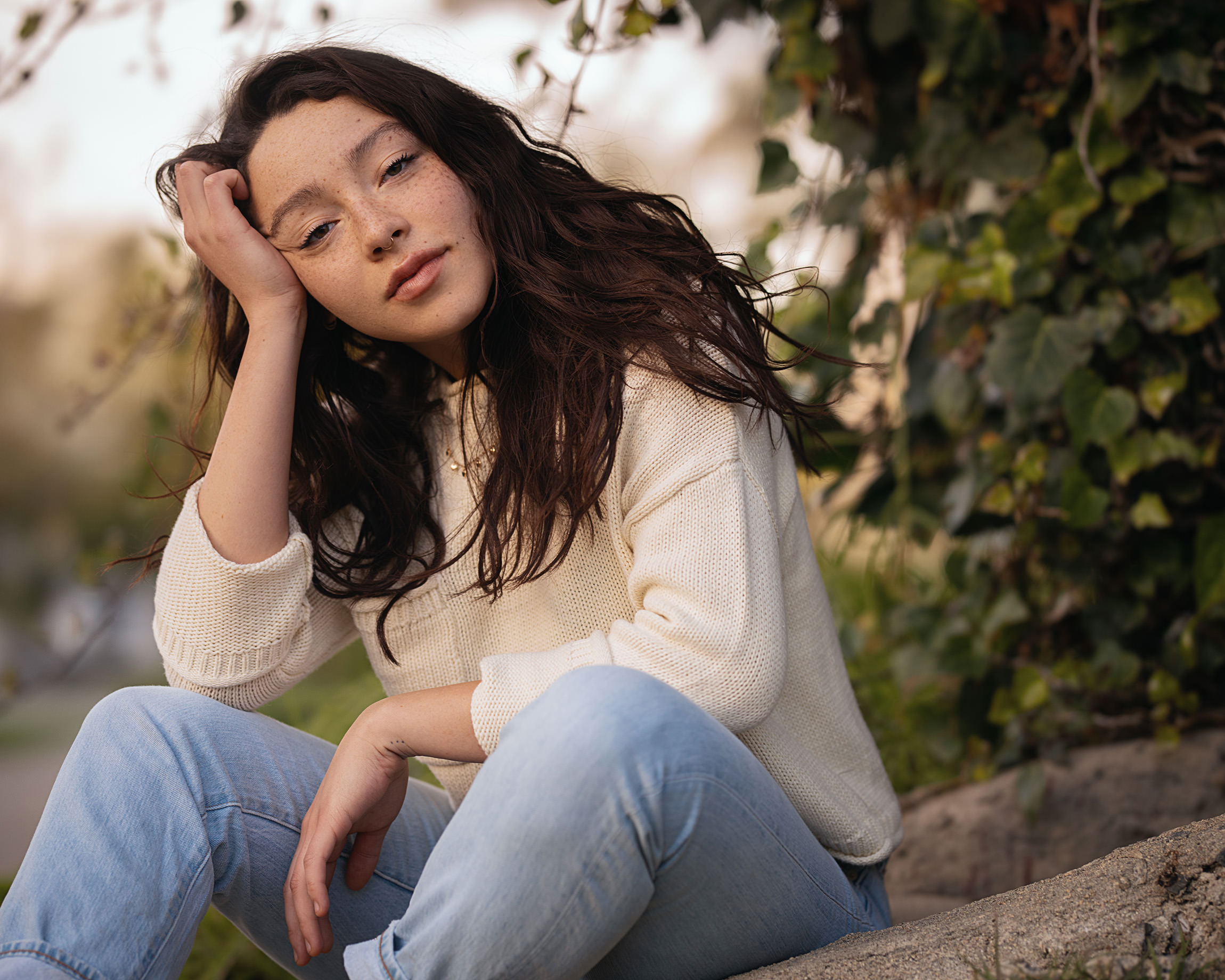
Shot using the Canon EOS R with the Canon RF 85mm f/1.2L DS
1/160 a sec, f/1.8, ISO 100
Photo by Zach Sutton
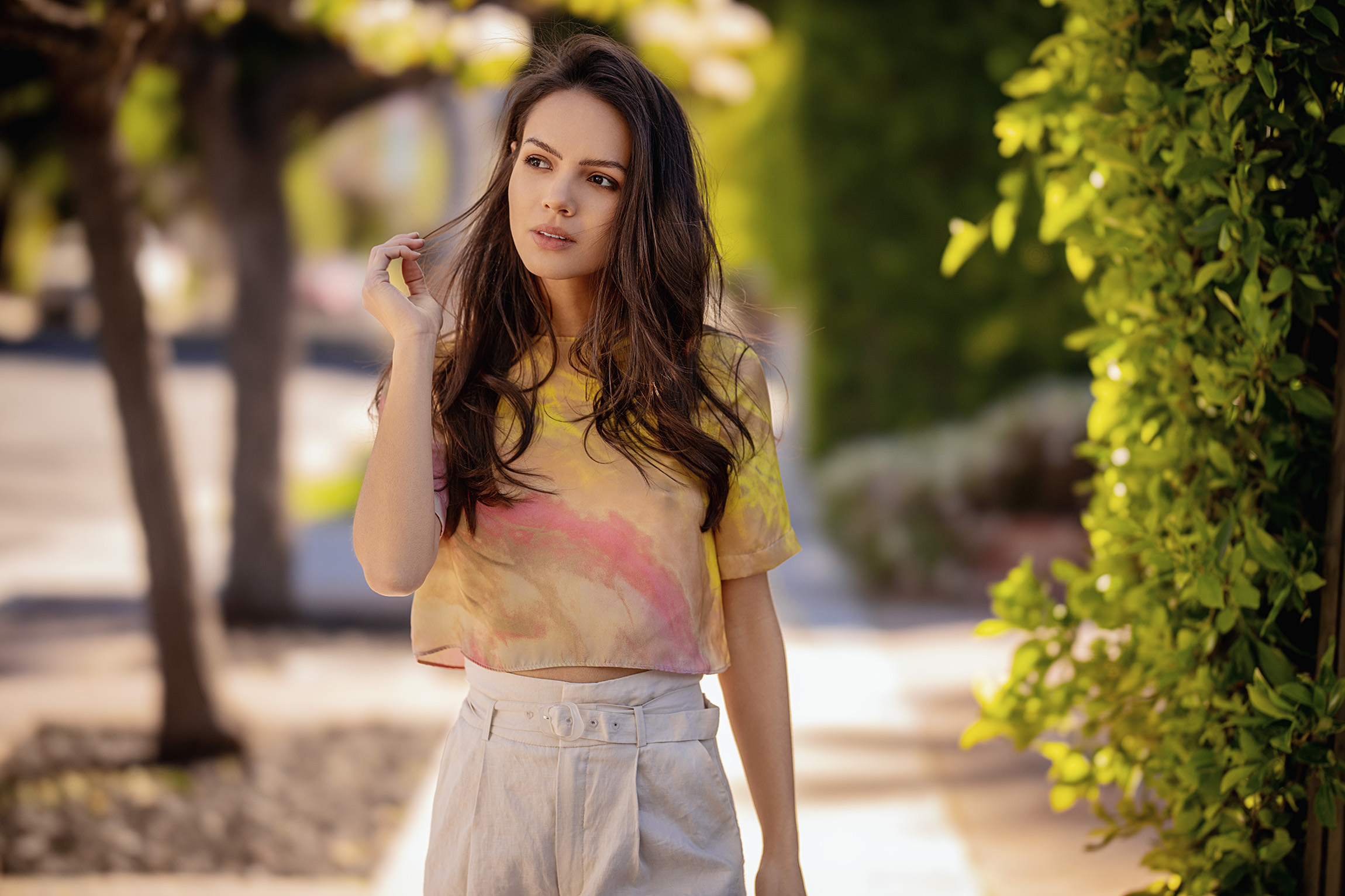
Shot using the Canon EOS R with the Canon RF 85mm f/1.2L DS
1/400 a sec, f/1.4, ISO 100
Photo by Zach Sutton
In short, the Canon RF 85mm f/1.2L is an incredible lens, and probably the single-handed sharpest lens I’ve ever used – but keep in mind, I’m not including the DS moniker. Most all of the assets of the Canon RF 85mm f/1.2L are included in the Canon RF 85mm f/1.2L DS, with a little icing on top, but sometimes, I’ve found the icing is the worst part of the cake.
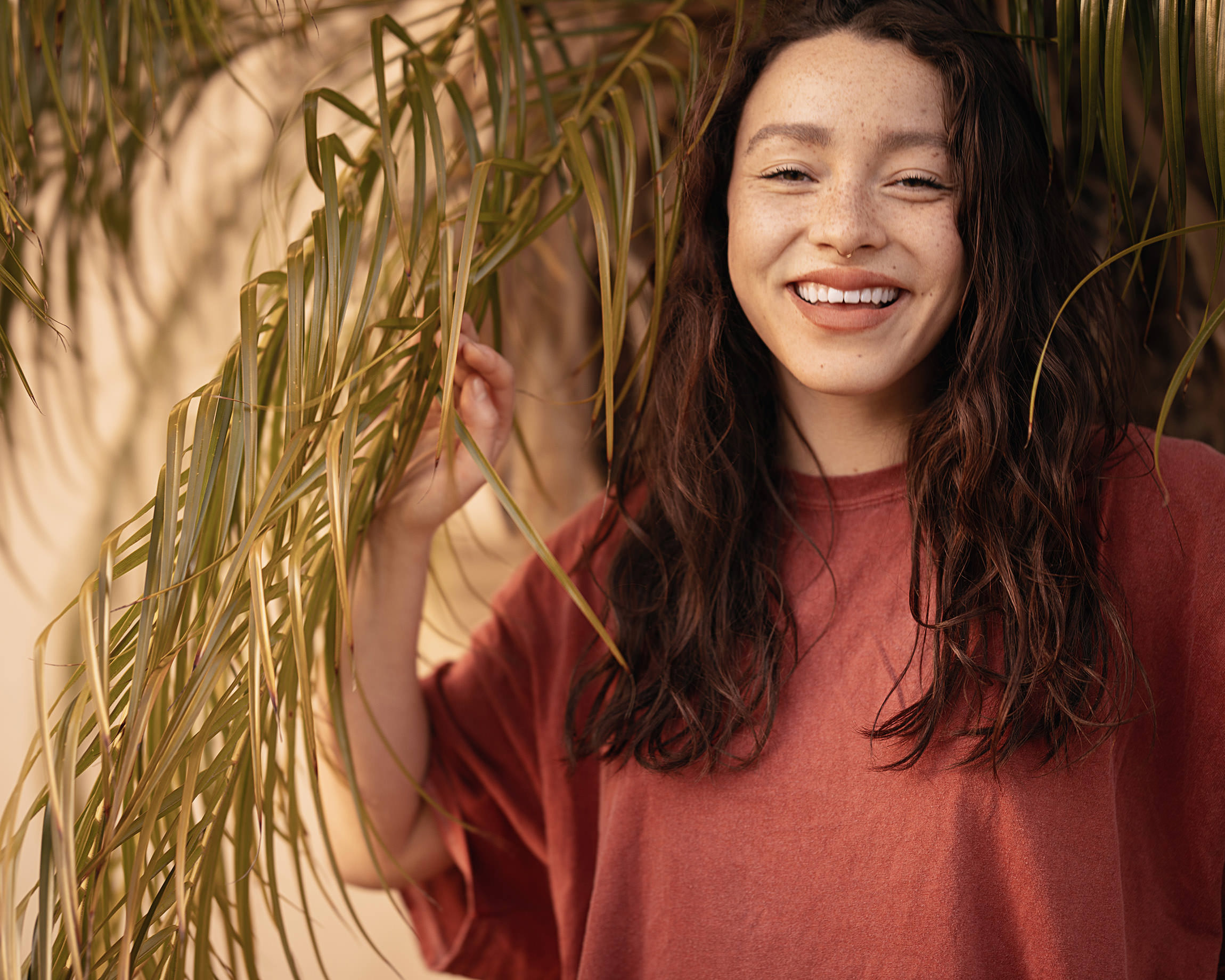
Shot using the Canon EOS R with the Canon RF 85mm f/1.2L DS
1/80 a sec, f/1.2, ISO 100
Photo by Zach Sutton
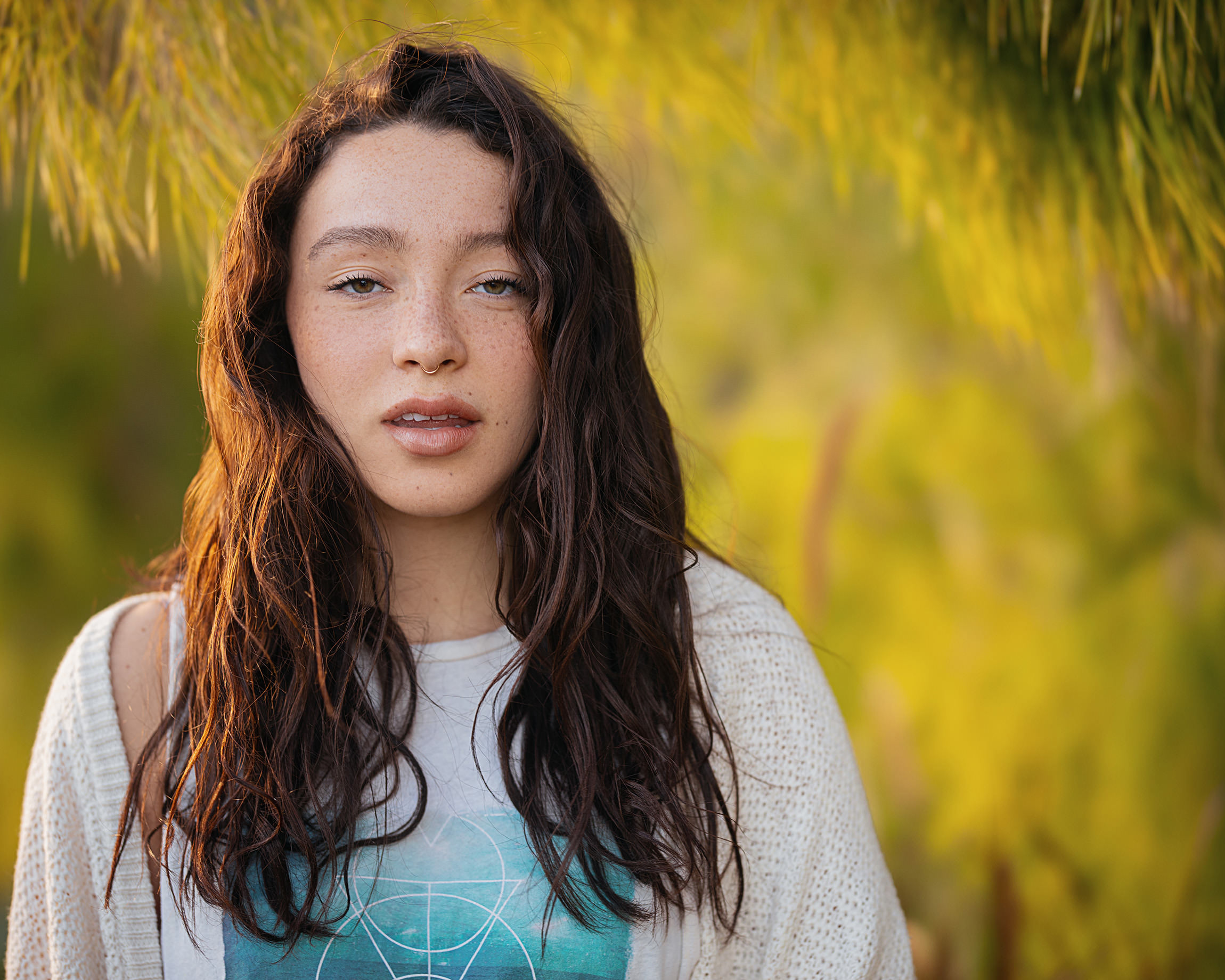
Shot using the Canon EOS R with the Canon RF 85mm f/1.2L DS
1/160 a sec, f/1.2, ISO 100
Photo by Zach Sutton
I saw incredibly limited results with the Defocus Smoothing, writing it off more as a marketing phrase than an actual specialization within the lens. When comparing the photos shot with the DS to non-DS, I do see subtle differences between the two, but the adjustment for exposure was much more significant of a trade-off when compared to the effect.

Shot using the Canon EOS R with the Canon RF 85mm f/1.2L DS
1/200 a sec, f/1.2, ISO 100
Photo by Zach Sutton
If I was generous, I could also write off the 1.3 stop “ND filter” built into the lens as a benefit, depending on the purpose you have with the lens. When I would shoot more outdoor stuff in the past, I’d often also use off-camera lighting. I found myself often bringing along a large set of ND filters to help stop down the natural light to a 1/200 or shorter, allowing me to use my strobes on location without the need of High-Speed Sync or other techniques (If you’re at all lost about what I’m referring to here, feel free to read about my studio lighting techniques here).
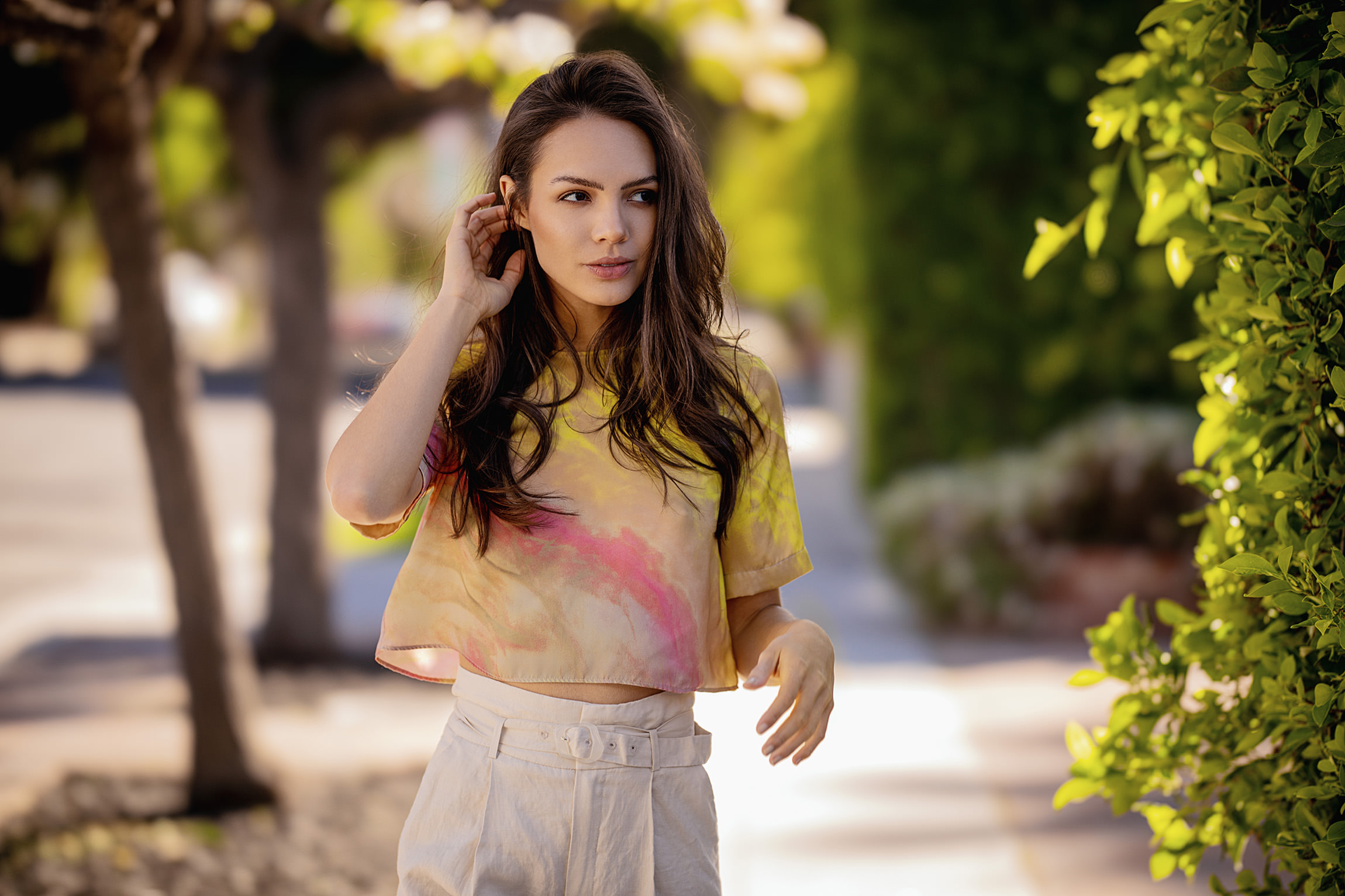
Shot using the Canon EOS R with the Canon RF 85mm f/1.2L DS
1/400 a sec, f/1.4, ISO 100
Photo by Zach Sutton
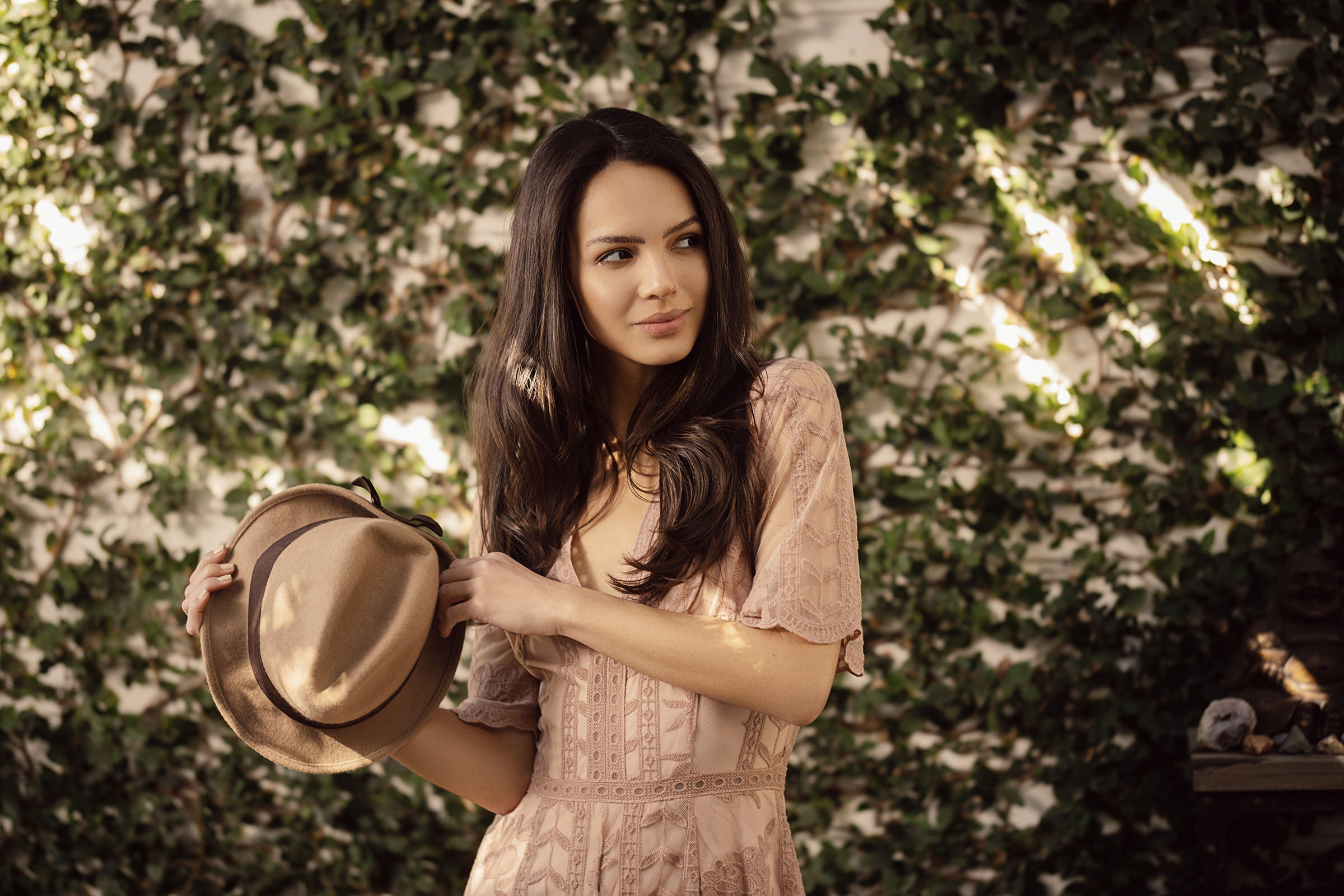
Shot using the Canon EOS R with the Canon RF 85mm f/1.2L DS
1/100 a sec, f/1.2, ISO 100
Photo by Zach Sutton
But those talking points dissolve when you start taking a pragmatic approach. When shooting at f/1.2, you’ll want a faster shutter speed to assure your razer thing depth of field is hitting your subject, and not back focusing or front focusing. When shooting natural light with plenty of light, this lens is great and can smooth out the bokeh that some might find distracting. For me, I kind of light the interesting and messier bokeh that can happen at shallow depths of field.
What I Liked –
- Incredible Sharpness, even when shot wide open
- Fast and accurate autofocus motor
- Defocus Smoothing works, albeit subtle in most examples
- Premium feel and build quality
What I Didn’t Like –
- The expensive price point makes in unviable for a lot of photographers
- ~1.3 stops of light loss when shot wide open
Conclusion
If this review feels like a bouncing teeter-totter of feelings, it’s because it is. The Canon RF 85mm f/1.2L DS left me conflicted. On one hand, its a really great lens with incredible sharpness. On the other hand, it’s an overpriced great lens with a gimmicky moniker. I love this lens and the images I was able to produce while using it, but I don’t think the Defocus Smoothing made the images any better or worse. For me personally, this lens has made me further my appreciation for the Canon RF 85mm f/1.2L non-DS, as it shares the same level of sharpness without the $300 added to the cost.
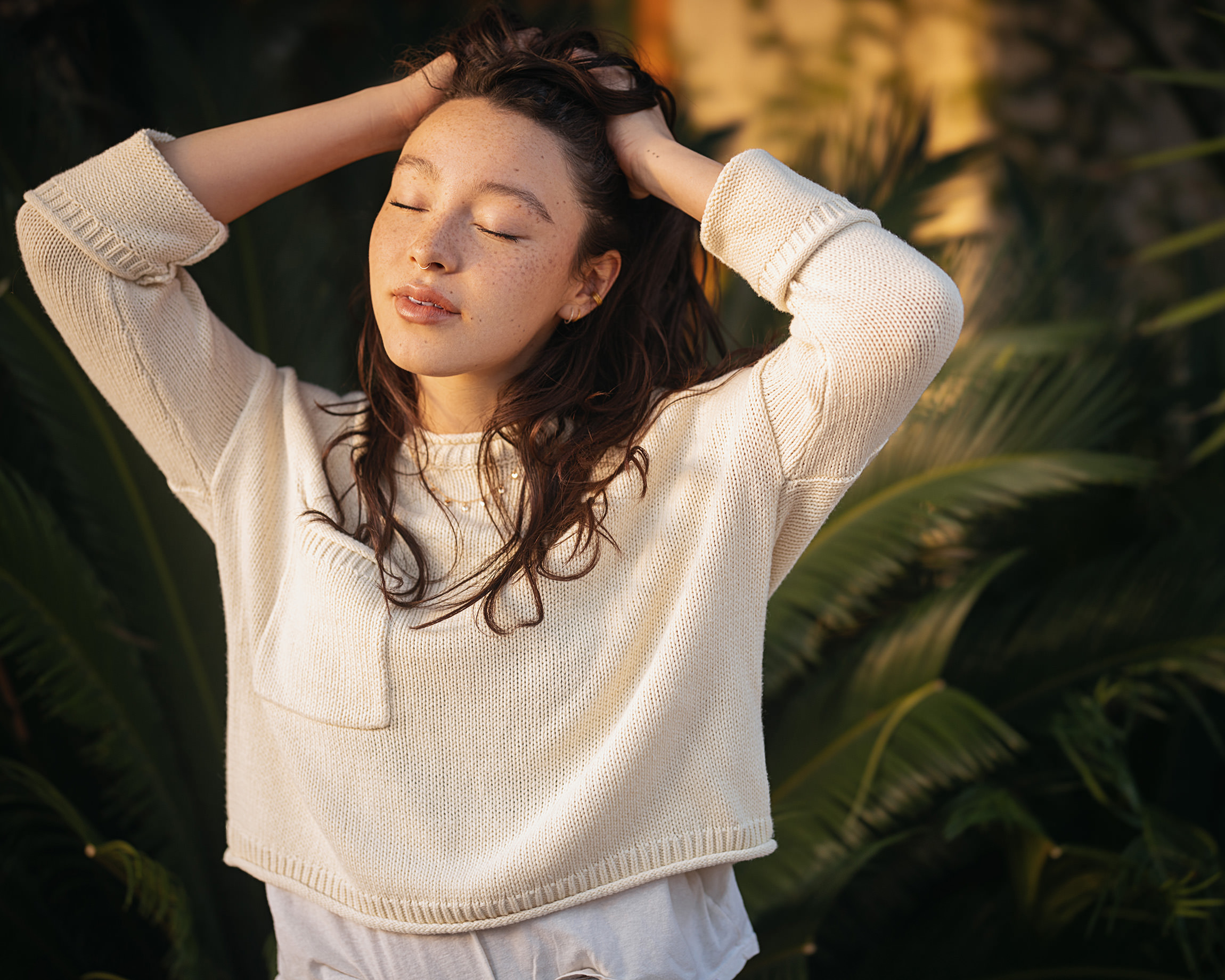
Shot using the Canon EOS R with the Canon RF 85mm f/1.2L DS
1/60 a sec, f/1.2, ISO 100
Photo by Zach Sutton
Author: Zach Sutton
I’m Zach and I’m the editor and a frequent writer here at Lensrentals.com. I’m also a commercial beauty photographer in Los Angeles, CA, and offer educational workshops on photography and lighting all over North America.
-
spider-mario
-
James W Sullivan
-
Pat Farrell
-
Ivo de Man
-
Ivo de Man
-
Mike Earussi
-
Franz Graphstill
-
Baconator
-
Not THAT Ross Cameron
-
phanter II
-
RockerSpaniel
-
Carleton Foxx
-
Carleton Foxx
-
Baconator
-
grubernd
-
JP
-
Dima 135
-
Fiatlux
-
Mike Aubrey
-
Not THAT Ross Cameron
-
Vít Koval?ík
-
Baconator
